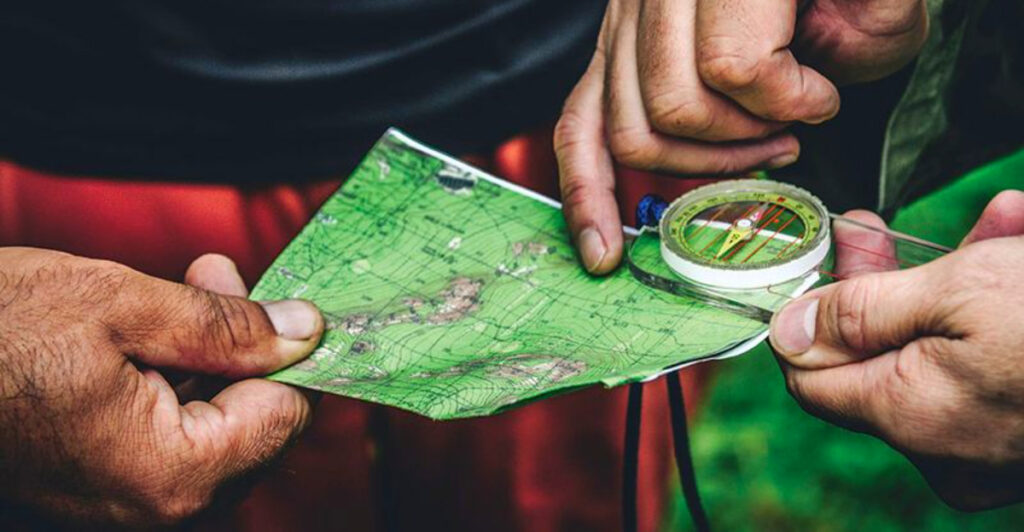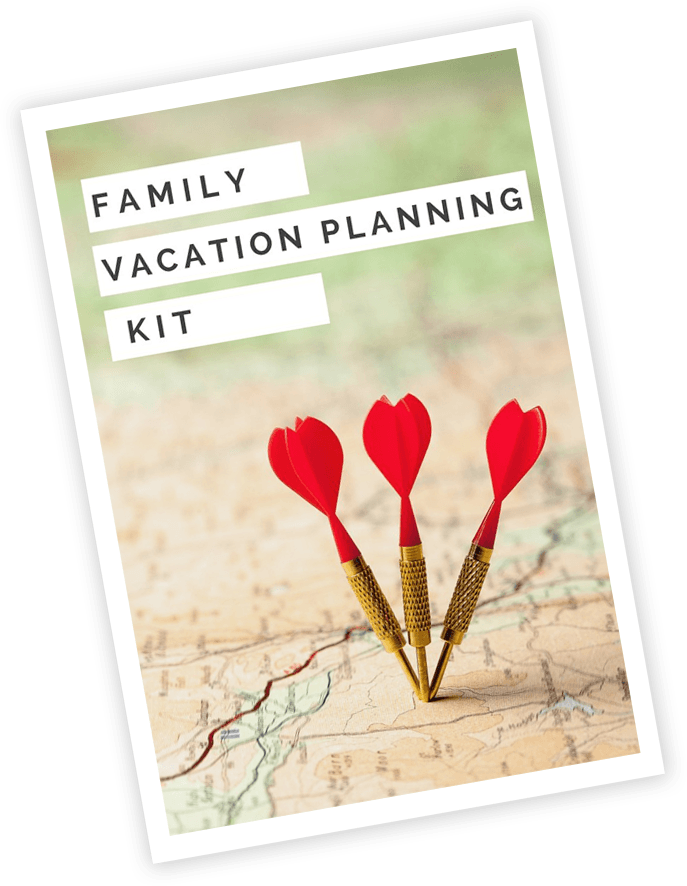Autumn transforms hiking trails into breathtaking corridors of gold, crimson, and amber. However, fall weather brings unique challenges that require smart preparation. Cool mornings can quickly turn into warm afternoons, while shorter days mean less daylight for your adventure.
1. Layered Clothing System
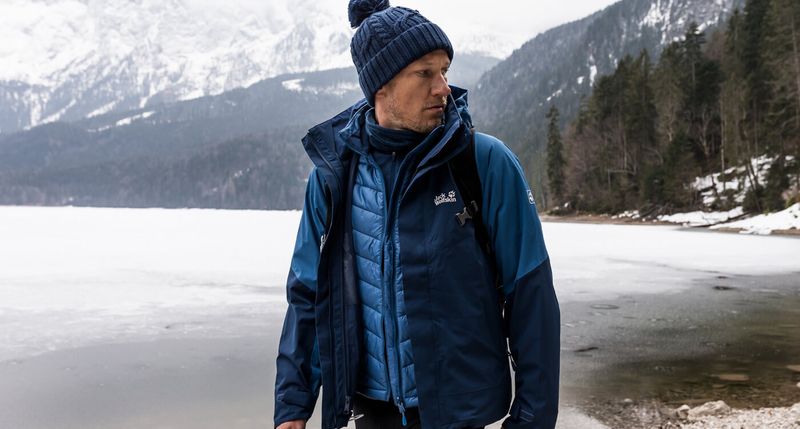
Smart hikers know that fall weather changes faster than a leaf drops from a tree. Your clothing should work like an onion – multiple thin layers that you can peel off or add as needed.
Start with a moisture-wicking base layer next to your skin. Add an insulating middle layer like fleece or down. Top it off with a windproof outer shell.
This system keeps you comfortable whether you’re climbing uphill in morning frost or enjoying lunch in afternoon sunshine.
2. Waterproof Hiking Boots
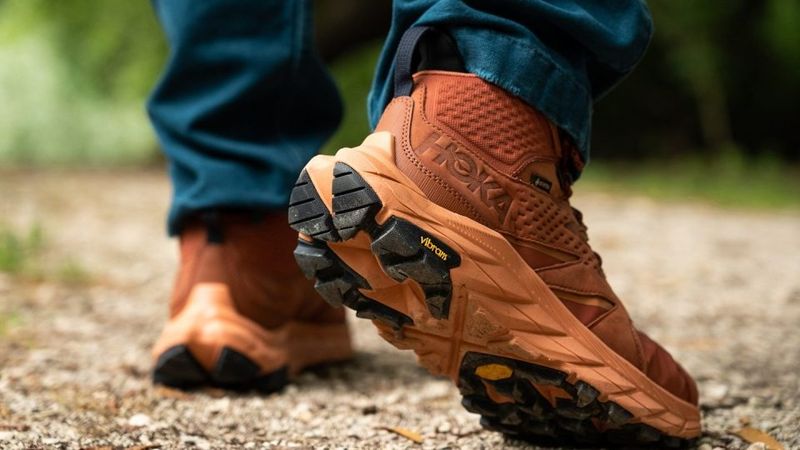
October trails hide surprises under every pile of fallen leaves. Wet rocks, muddy patches, and morning dew can turn a pleasant hike into a slippery challenge without proper footwear.
Choose boots with deep treads for traction on wet surfaces. Waterproof materials keep your feet dry when you accidentally step in that hidden puddle.
Good ankle support prevents twisted ankles on uneven terrain covered by deceiving leaf piles.
3. Insulated Water Bottle
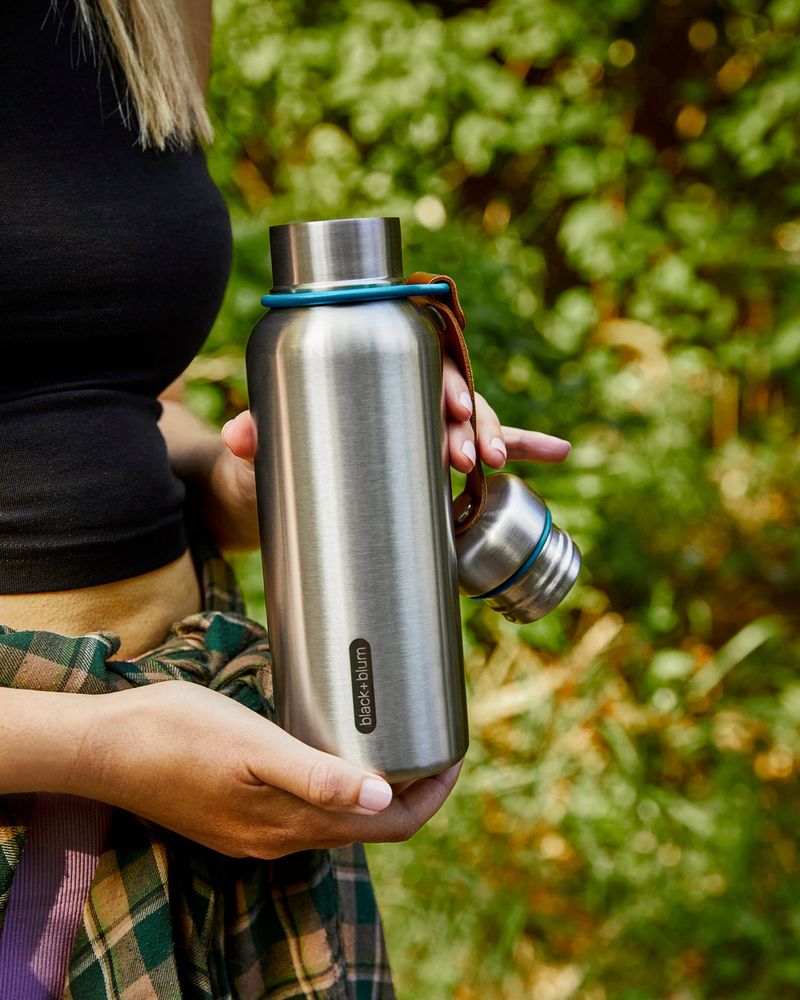
Nothing beats a warm drink when the temperature drops unexpectedly on the trail. Regular water bottles won’t keep your beverages at the right temperature during long fall hikes.
Insulated bottles maintain hot drinks for hours, perfect for warming up during rest stops. They also prevent water from freezing during early winter hikes.
Choose stainless steel models that won’t break if dropped on rocky terrain.
4. Headlamp with Extra Batteries
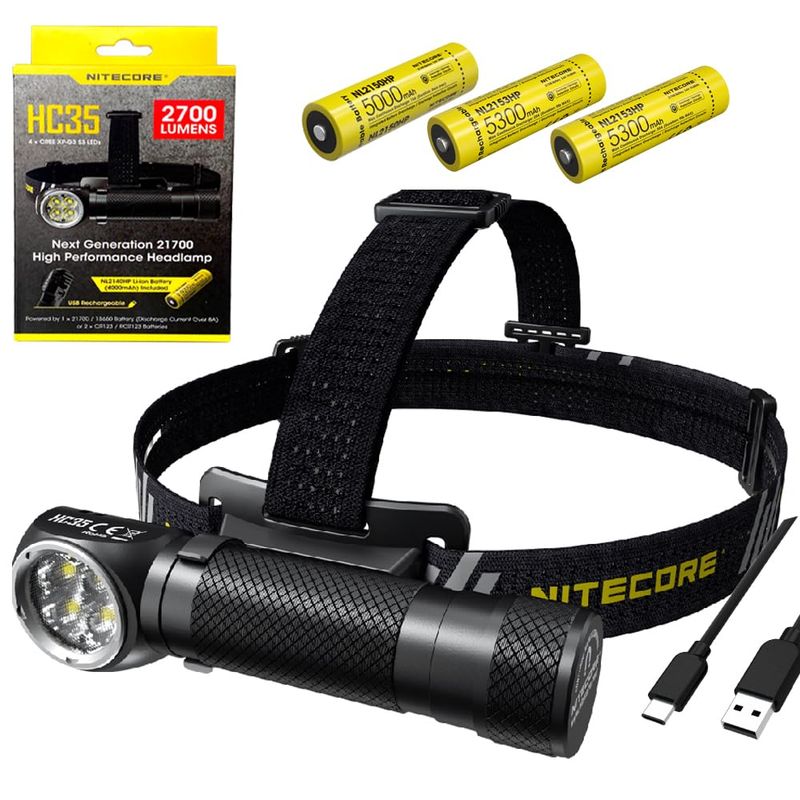
Daylight disappears quickly in fall, sometimes catching hikers off guard. What starts as a bright morning hike can end in unexpected darkness if you take longer than planned.
Modern LED headlamps provide hands-free lighting that’s essential for navigating tricky terrain. Red light settings help preserve your night vision while reading maps.
Always pack spare batteries in a waterproof container – cold weather drains power faster than you’d expect.
5. Warm Hat and Gloves
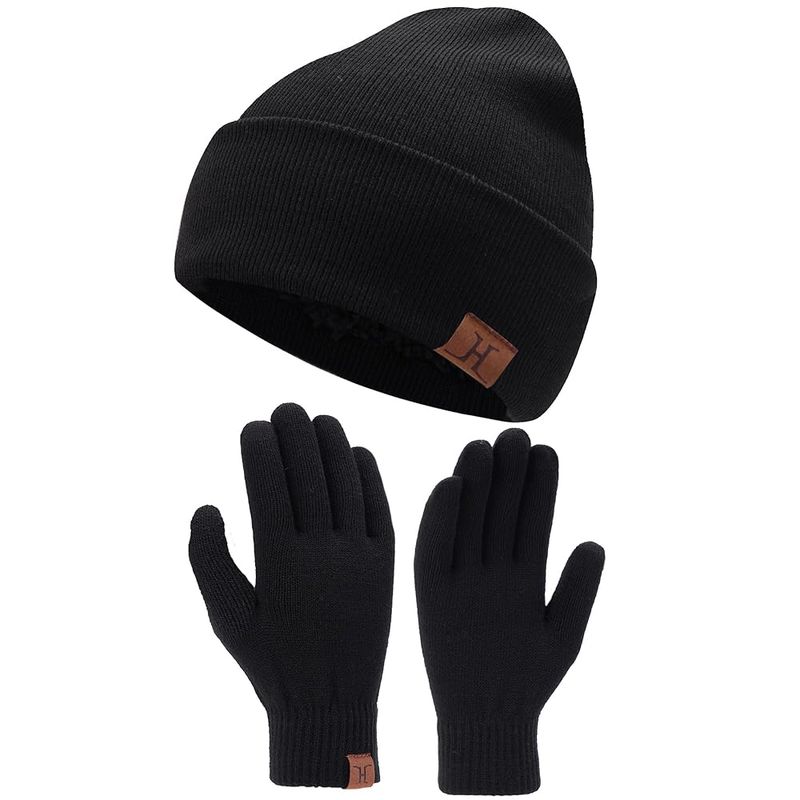
Your body loses heat fastest through your head and hands, making these accessories crucial for fall comfort. Even mild autumn days can turn chilly when clouds roll in.
Choose materials that stay warm even when damp. Wool and synthetic fabrics work better than cotton, which becomes useless when wet.
Lightweight options pack small but make a huge difference in your overall warmth and hiking enjoyment.
6. Trail Map and Compass
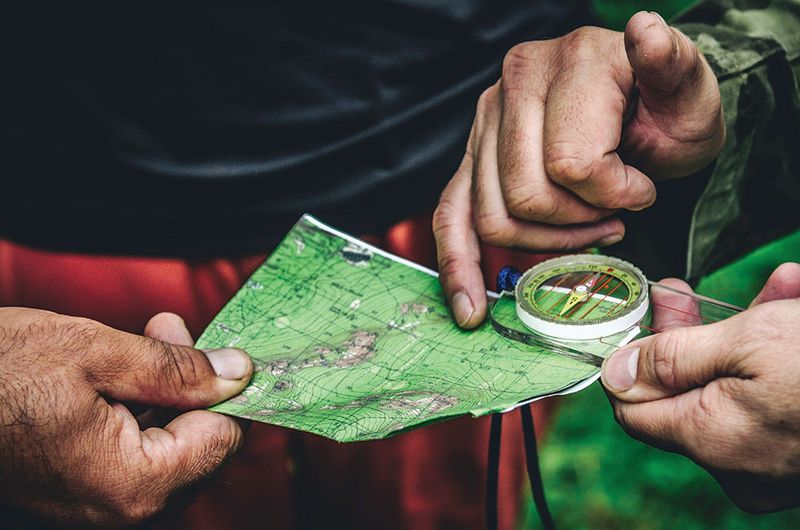
Technology fails when you need it most, especially in cold weather that drains phone batteries. Paper maps and compasses never run out of power or lose signal.
Fall foliage can make familiar trails look completely different, increasing your chances of getting turned around. Having backup navigation tools provides peace of mind.
Learn basic compass skills before you need them – it’s easier to practice at home than learn on a confusing trail.
7. First Aid Kit
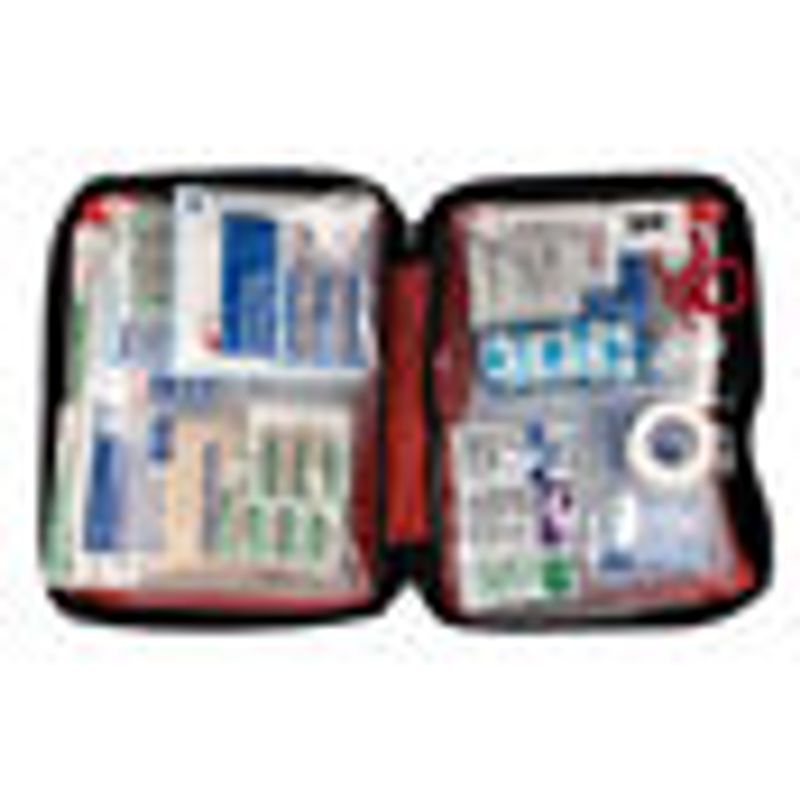
Slippery leaves and wet rocks increase injury risks on autumn trails. A well-stocked first aid kit can handle everything from small cuts to twisted ankles.
Include bandages, pain relievers, and antiseptic wipes in a waterproof container. Add blister treatment since new boots or longer hikes often cause foot problems.
Know how to use everything in your kit – taking a basic first aid class makes you more confident on remote trails.
8. High-Energy Snacks
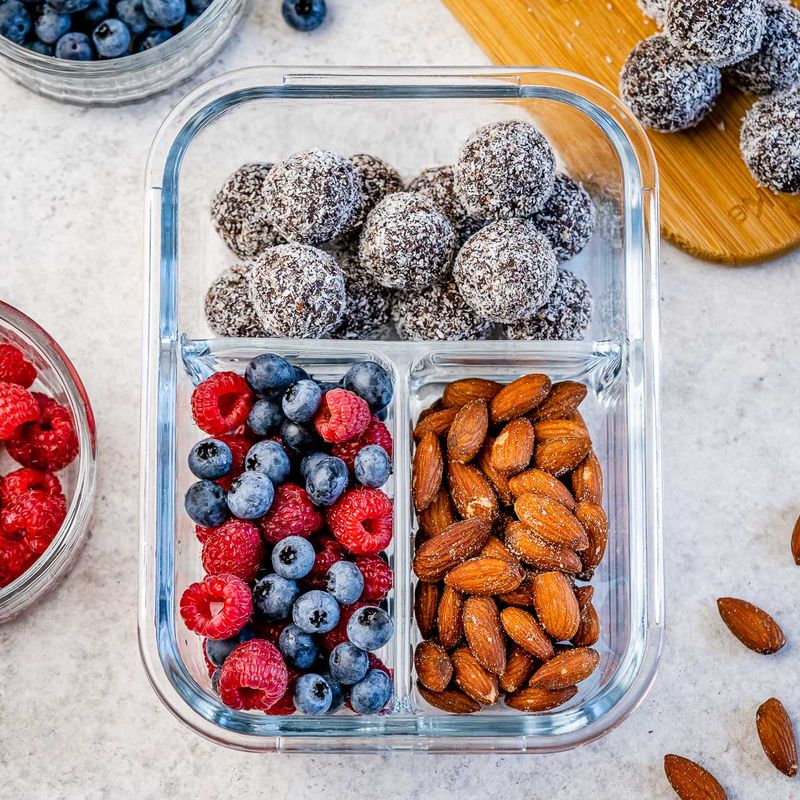
Cool weather makes your body work harder to stay warm, burning more calories than summer hikes. Smart snacking keeps your energy levels steady throughout the day.
Pack nuts, dried fruit, and energy bars that won’t freeze or spoil in changing temperatures. Avoid chocolate that melts in warm pockets.
Bring extra food in case your hike takes longer than expected – it’s better to carry too much than run out of fuel.
9. Trekking Poles
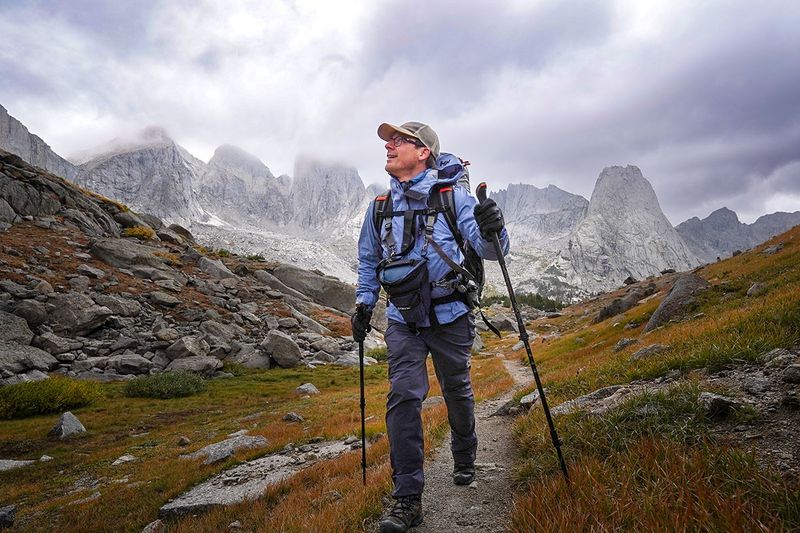
Fallen leaves create nature’s own slip-and-slide course on many autumn trails. Trekking poles provide extra stability when navigating these tricky conditions.
They reduce stress on your knees during steep descents and help you test uncertain footing before committing your full weight. Adjustable poles work for hikers of different heights.
Look for models with comfortable grips and reliable locking mechanisms that won’t fail when you need support most.
10. Emergency Whistle
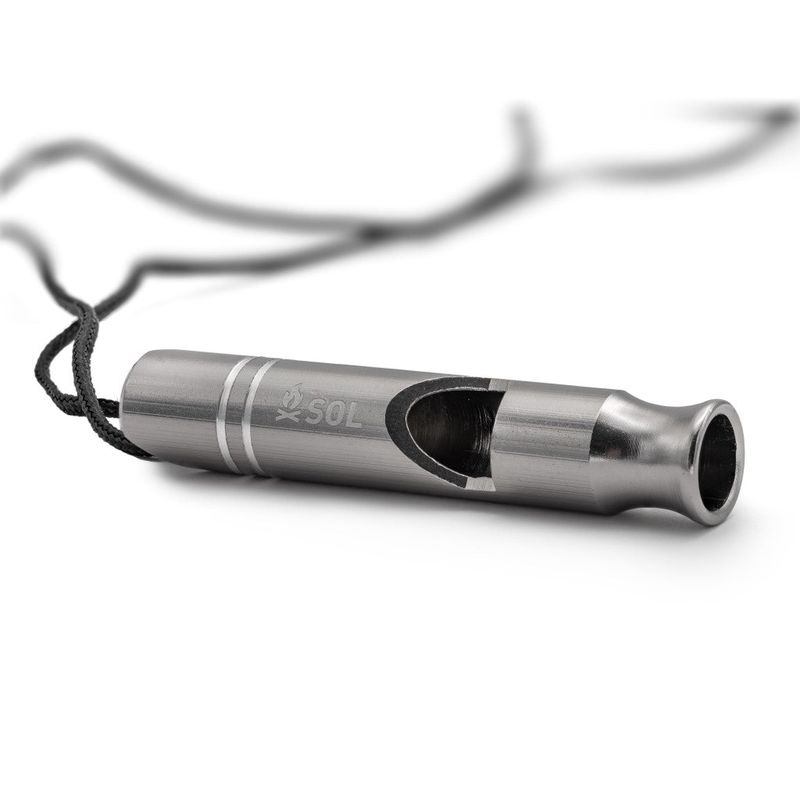
Getting lost happens more easily when familiar trails look different under autumn’s colorful disguise. An emergency whistle can save your life if you need help.
Three sharp blasts is the universal distress signal that carries much farther than shouting. Whistles work even when you’re too tired or injured to yell loudly.
Choose a pealess design that won’t freeze in cold weather. Attach it to your jacket zipper so it’s always within reach.
11. Waterproof Rain Jacket
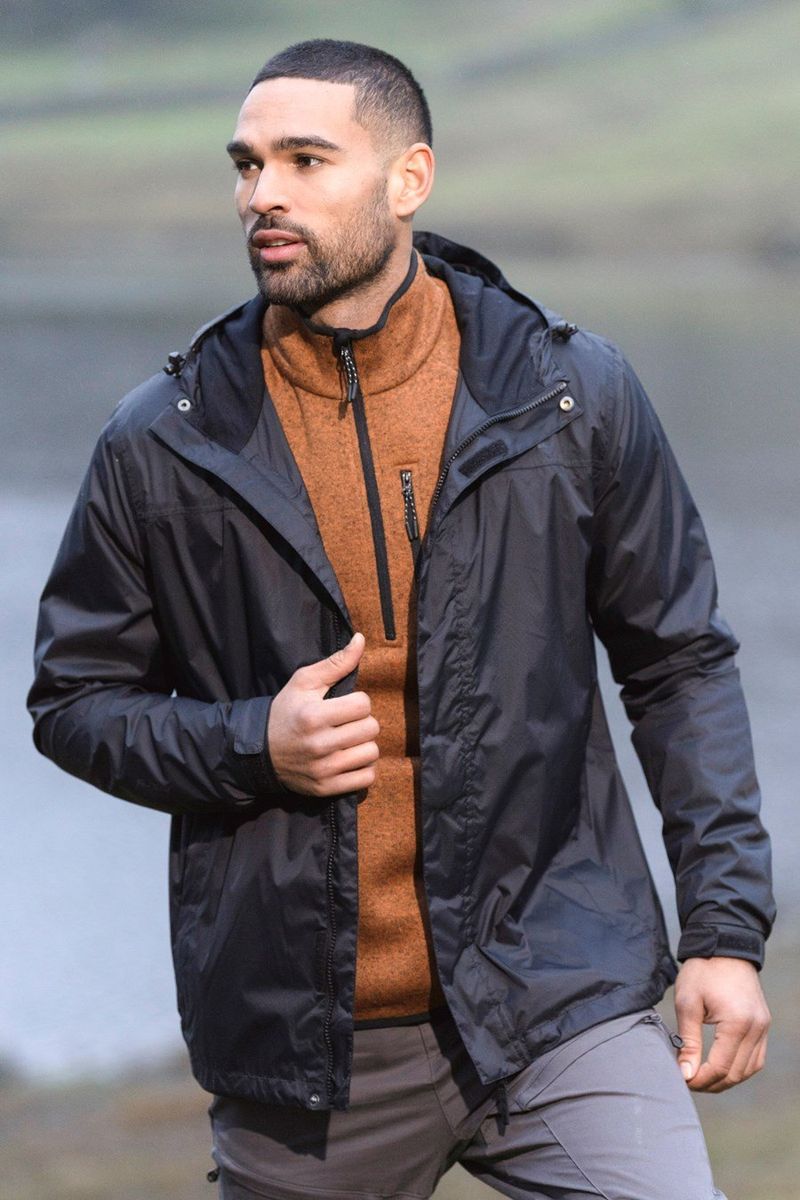
Fall weather changes faster than social media trends, turning sunny mornings into soggy afternoons without warning. A quality rain jacket keeps you dry and comfortable when storms roll in.
Look for breathable waterproof materials that prevent overheating during uphill climbs. Pit zips provide extra ventilation when you’re working hard.
Bright colors increase your visibility to other hikers and hunters during fall seasons when many outdoor activities overlap.
12. Sunglasses and Sunscreen

Cool autumn air tricks many hikers into forgetting about sun protection. UV rays remain strong even when temperatures drop, especially at higher elevations.
Sunglasses reduce glare from wet rocks and help you see trail obstacles more clearly. Choose wraparound styles that block wind and debris too.
Apply sunscreen to exposed skin, particularly your face and hands. The sun sits lower in fall, creating different angles that can catch you off guard.
13. Emergency Space Blanket
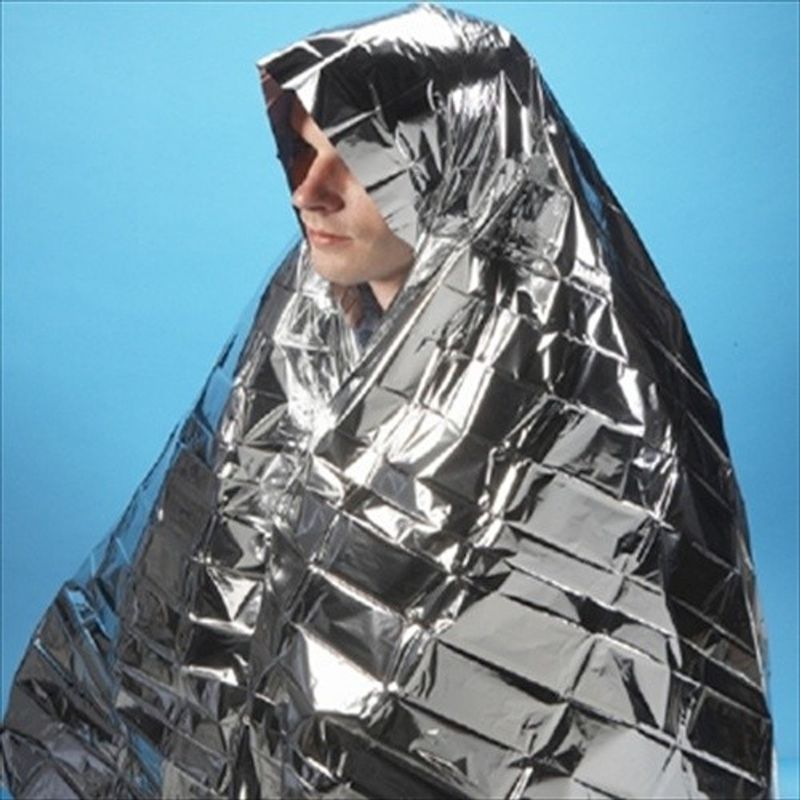
Weighing less than a candy bar, emergency blankets provide life-saving warmth if you’re stuck outdoors longer than planned. Fall temperatures drop quickly after sunset.
These reflective sheets retain up to 90% of your body heat and take up almost no space in your pack. They also work as emergency signaling devices.
Practice unfolding one at home – they can be tricky to deploy when you’re cold and stressed in a real emergency situation.

